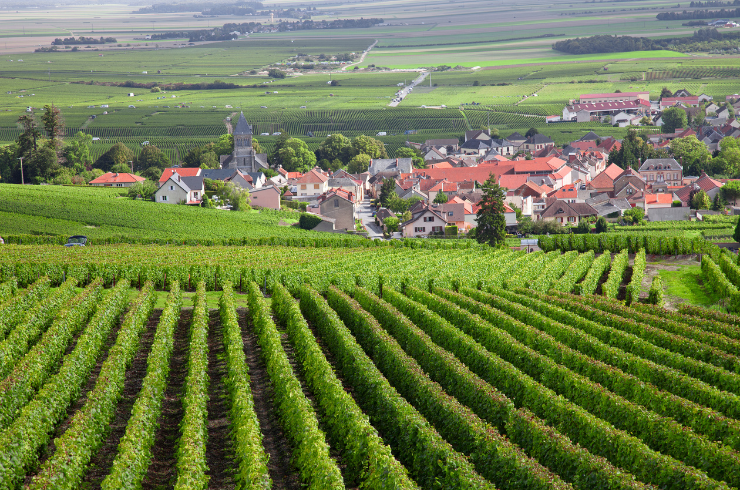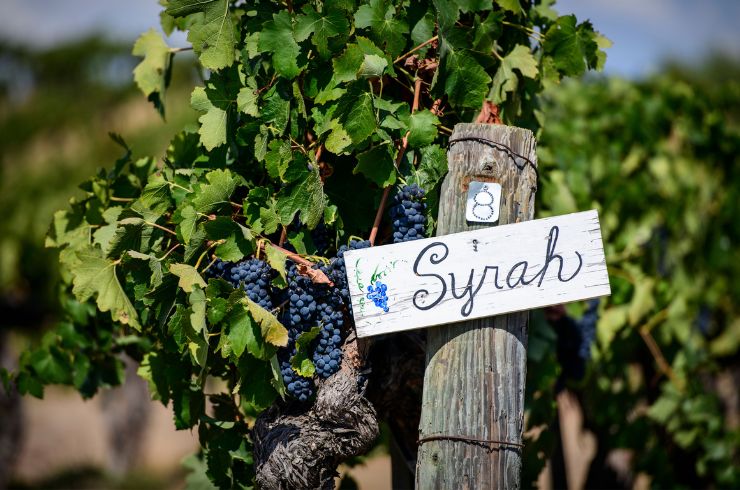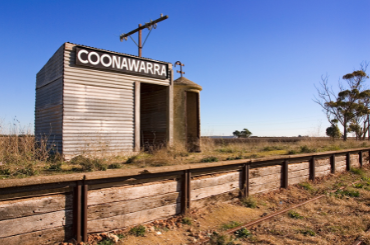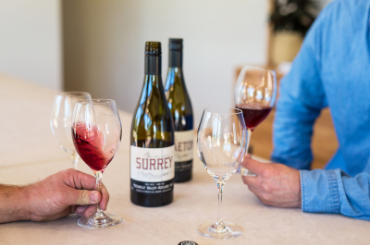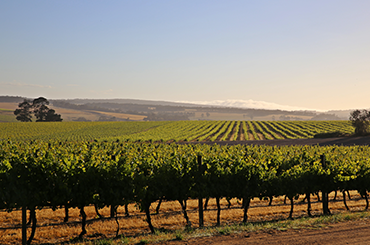Cabernet is the world’s most-planted grape variety, and Australia is producing cabernet wines with the acidity, structure and fruit density to age with the best of them. Many producers are now also focusing on making these wines irresistible in their youth and we – the drinkers, writers and observers – are seeing an ever-increasing number of high-quality cabernets that are both extremely approachable on release and eminently ageworthy.
What makes great cabernet?
As is true with any wine in any style, from anywhere in the world, the best wines speak clearly of their soils and climates. Great Margaret River cabernet, for example, tastes of cassis, raspberry and spice, and has glossy fine tannins that could be from nowhere else. It is also somehow reminiscent of the sea spray off the Indian Ocean. This identity and sense of place are central to what makes its cabernets great. These days, the traditional dichotomy of Coonawarra and Margaret River has expanded to include, among others, the best of Victoria’s Yarra Valley and Great Southern’s Frankland River as well.
 Cabernet sauvignon grapes at Vasse Felix.
Cabernet sauvignon grapes at Vasse Felix.
Cabernet from Margaret River, WA
Identity: Power and structure, red-fruit plushness, elegance, brine.
This windswept coastal region in Western Australia produces a disproportionately high number of premium cabernets in relation to its total output. The moderating influence of the Indian Ocean cannot be overstated, and the wines produced here are about power, structure, ripeness and length. Showing that age is no barrier, Margaret River is comparatively young for its achievements, the first vines planted in the modern commercial era as recently as 1967. It is difficult (read: impossible) to taste cabernets from this region and not reach for descriptors such as elegant, fine and succulent, with characters of pomegranate, ripe raspberry, star anise and brine. The best examples hide glimmers of iodine, kelp and ferrous within their plush fruit flavours.
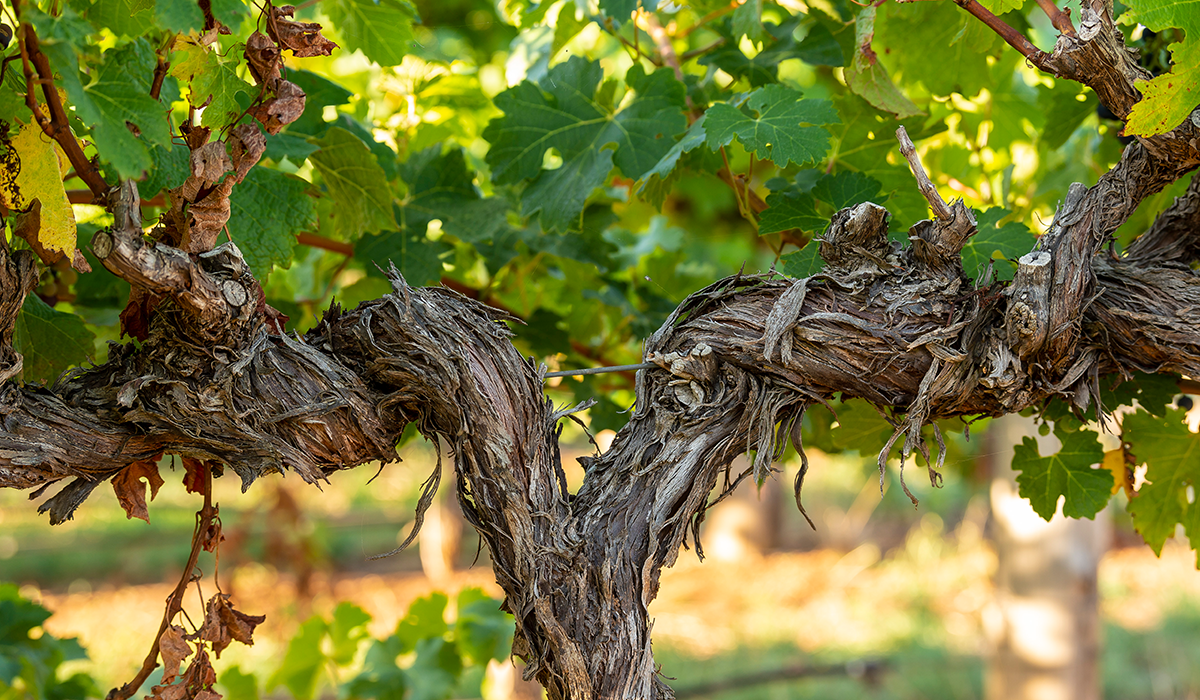 Vines at Yalumba.
Vines at Yalumba.
Cabernet from Coonawarra, SA
Identity: Mint/eucalypt, density, savoury
black fruit, tannin.
If Margaret River is the newcomer on the Australian cabernet scene, then Coonawarra is where it all began. It was 1891 when Scottish-born John Riddoch planted the first vines as a settler in the region and since then, the 20km-long strip of terra rossa dirt has been the birthplace of some of Australia’s most iconic cabernets. They are instantly recognisable – aromas of eucalypt and mint on the nose give the wines a distinctly herbal vibe, especially when paired with their characteristic savoury black fruit. The tannins are also distinctive, tending to feel more gravel-like and textured, assertive and structured than those of Margaret River. One of the most highly regarded estates in the area, Wynns Coonawarra Estate, is responsible for some of the longest lived and finely detailed cabernets. Their best is surely the flagship, John Riddoch ($150), which is consistently structured, ripe, rich, complex and long, not to mention long-lived.
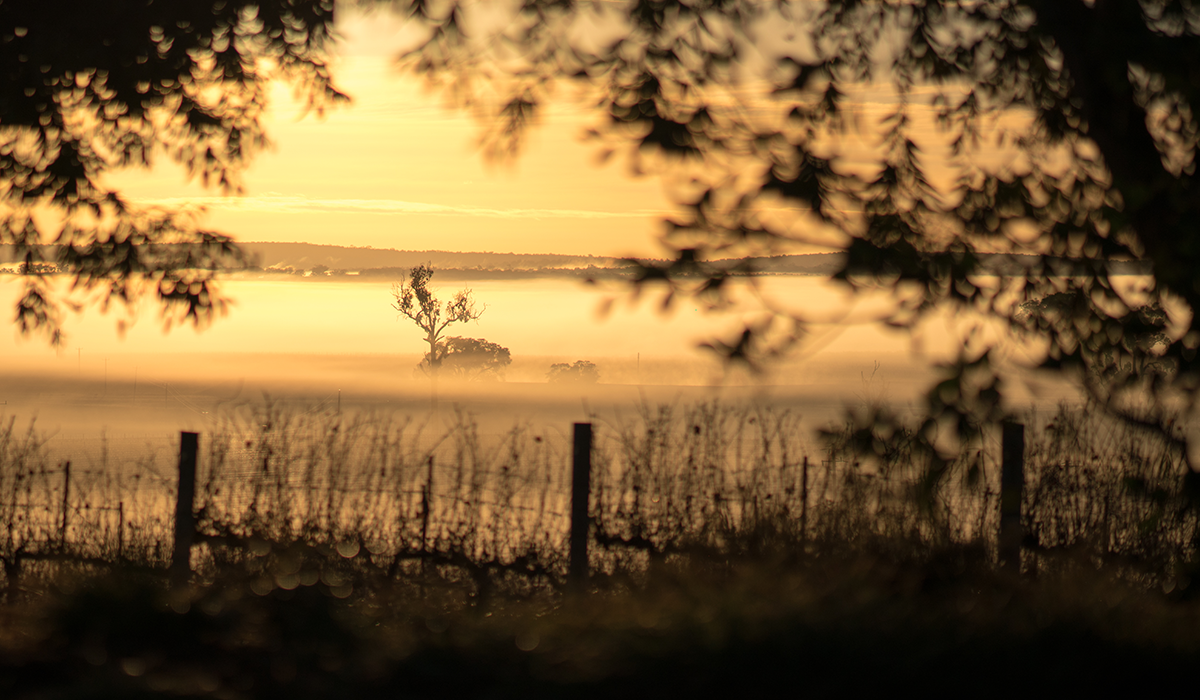 A misty morning at Ferngrove in Frankland River.
A misty morning at Ferngrove in Frankland River.
Cabernet from Frankland River, WA
Identity: Black fruit, tannin,
structure, spice.
Back in WA, you need to drive almost 2.5 hours east of Margaret River to reach Frankland River. This subregion of the Great Southern is so dramatically vast that it is worth the trip just to see the landscape and feel the difference in the air. This is an area of expansive vistas, gum trees, red dirt and wide-open space, and in experiencing that, it becomes clear how the cabernets from this area taste as they do. With warm/hot days in summer, and cool/cold nights, the cabernets from Frankland are structured, resplendent with black fruits and carry a spicy capsule of tannin and acidity that serve to catapult the midnight fruit over the palate.
 Yarra Yering in the Yarra Valley.
Yarra Yering in the Yarra Valley.
Cabernet from Yarra Valley, VIC
Identity: Red fruit, bay leaf/floral, velvet, nuance.
The best sites for cabernet in the Yarra are the warmer ones, where the grapes can fully ripen and show their best. The Mount Mary Quintet ($160) is a cabernet blend that maintains its mantle as an ethereal, structured, long-lived and plush wine, capable of reaching dizzying heights of spice and complexity. The winery also released the one-off Mount Mary JWDM Cabernet in 2019, which was an utterly outstanding wine – with a price-tag to match ($550). The wines of Yarra Yering not only speak of their place, but also of winemaker Sarah Crowe, who crafts these wines with a measured and deft hand. The wines – particularly the Dry Red No. 1 ($120) and Carrodus Cabernet Sauvignon ($275) – are lithe, supple, layered and plush, and far too drinkable early to ensure a long life in the
cellar. Having said that, they will heartily repay you if you have the nerves of steel required for the wait. If you live on the wild side, look out for limited Timo Mayer wines and his unbelievable (in every sense) 100 per cent whole-bunch cabernet.
This article first appeared in issue #52 of Halliday magazine. To read more, become a member and receive six issues each year.
Latest Articles
-
News
The power of perspective: Ryan Ponsford's Entropy
2 Dec 2025 -
Events
Halliday Wine Academy: Wine Immersion Tours
30 Nov 2025 -
Travel
Scenic's Southern France and Bordeaux river cruises are tailor made for wine lovers
30 Nov 2025 -
News
What’s in a name? The etymological origins of popular grapes.
30 Nov 2025

